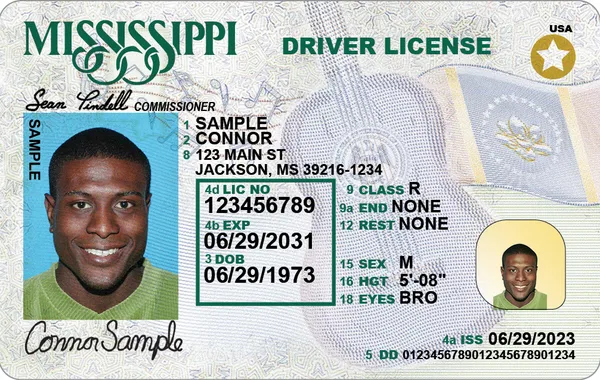
Almost 20 years have passed since Congress’ passage of the Real ID Act. Now, the enforcement of the federal Real ID law has officially begun as of May 7th.
Standard driver’s licenses and state IDs will no longer be accepted at airport security, according to the Department of Homeland Security. Real IDs physically look like regular driver’s licenses and can be obtained at a FLHSMV office or tax collector’s office- it just requires a bit more documentation. You’ll need to bring documents to prove your identity, legal residence, Social Security status and date of birth. There are different document lists for immigrants, non-immigrants, and Canadians seeking a Real ID card.
Florida began issuing REAL ID compliant credentials after January 1, 2010. If you have recently received your driver’s license or state identification card in Florida, you most likely already have a Real ID. Check to see if there is a solid gold or black star, or a clear star inside a gold or black circle in the upper right corner of your card.
The real difference between a Real ID and a standard ID lies in their security standards and uses. The official purposes covered by the Act and regulation are accessing certain federal facilities, boarding Federally regulated commercial aircraft, and entering nuclear power plants. A Real ID has universal national standards for these state IDs.
For boarding commercial flights, passports and passport cards are also accepted, as are Global Entry, NEXUS, FAST, SENTRI, DoD IDs, green cards, and enhanced driver’s licenses issued by some states. The full list of accepted IDs is available on the TSA website: Acceptable Identification at the TSA Checkpoint | Transportation Security Administration. People without Real ID licenses can still fly after May 7, but it may take longer to get through security.
The deadline for the Real ID has been pushed back numerous times due to complications with state compliance, and the change will most directly affect people who don’t have legal status in the U.S. “It will make it more difficult for people to come up with acceptable ID,” says Tanya Broder, senior counsel at the National Immigration Law Center. Nineteen states, the District of Columbia and Puerto Rico offer driver’s licenses to residents regardless of immigration status. While the deadline in airports is already here, the system is still getting pushback. For instance, officials in Maine have asked for a delay in the federal deadline, because only about a quarter of the state’s licenses are compliant.
As the Real ID finally takes effect, it’s important for travelers and residents to understand what this shift means. While many some are already equipped with compliant identification, others across the country may face challenges, especially those without legal immigration status or access to proper documentation. The Real ID Act represents a significant step in national security and staying informed and prepared is crucial in navigating these changes.












